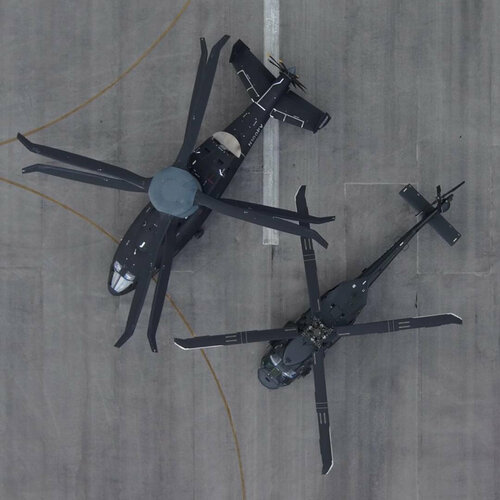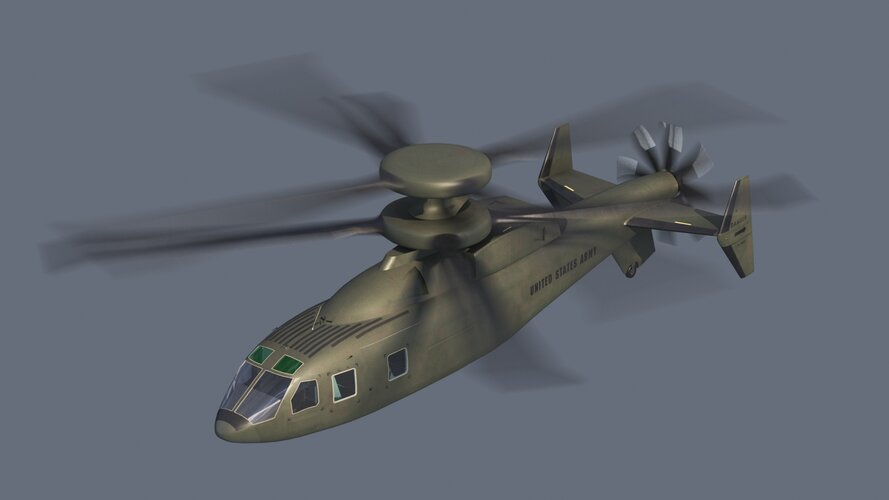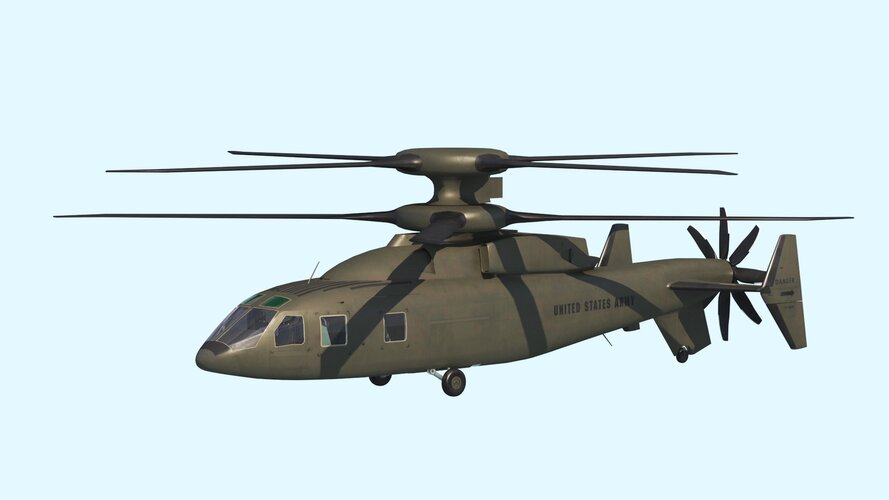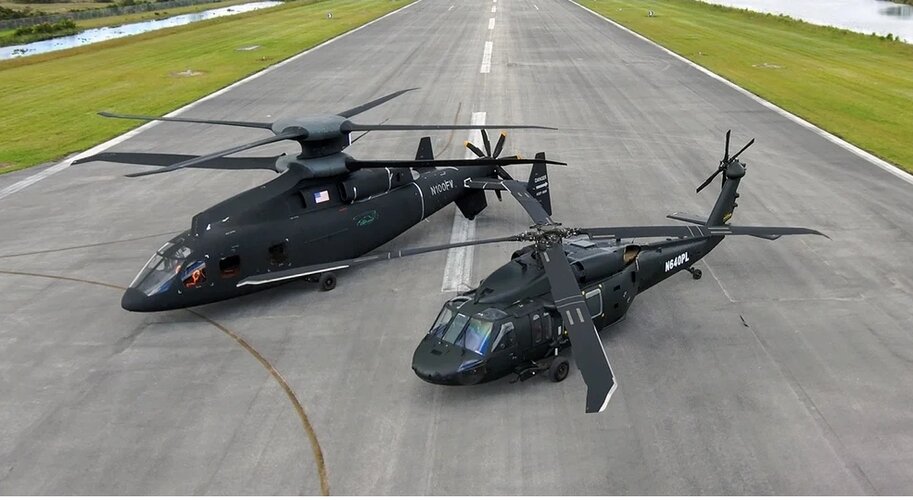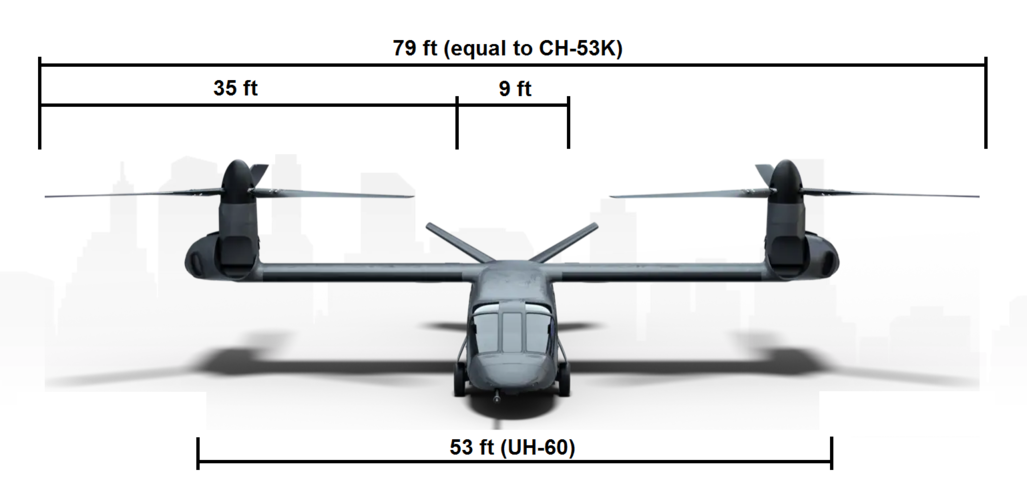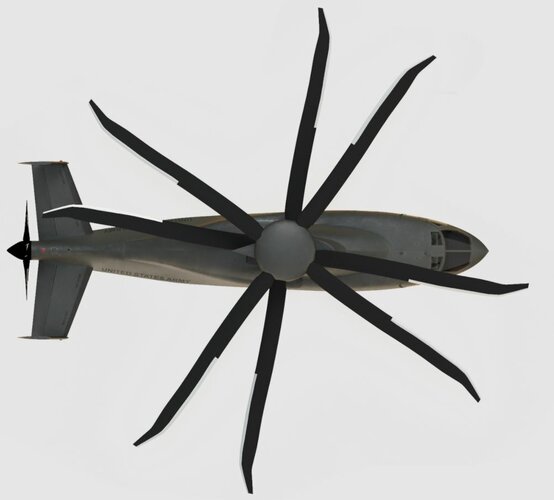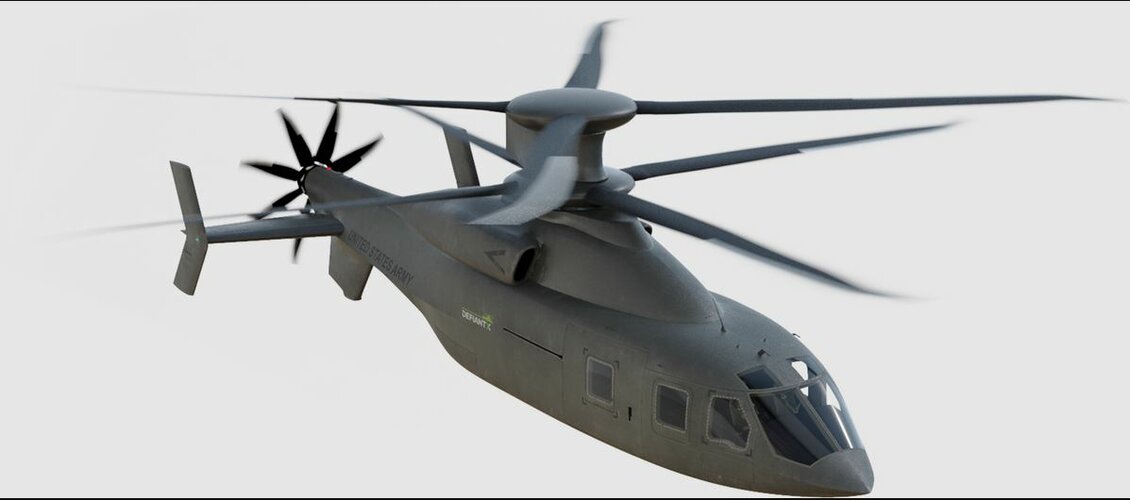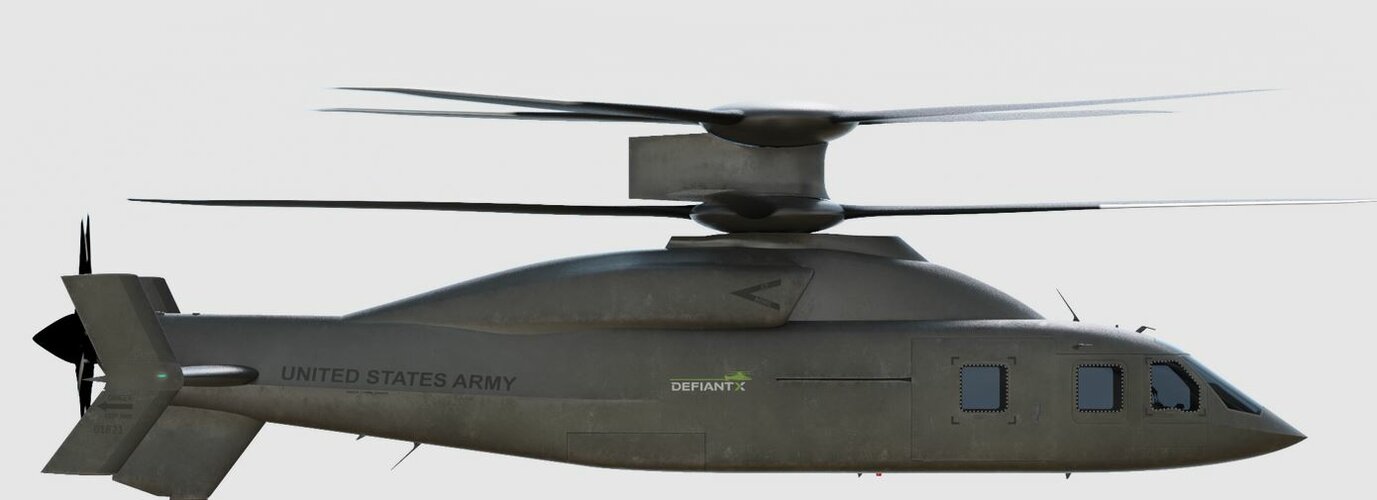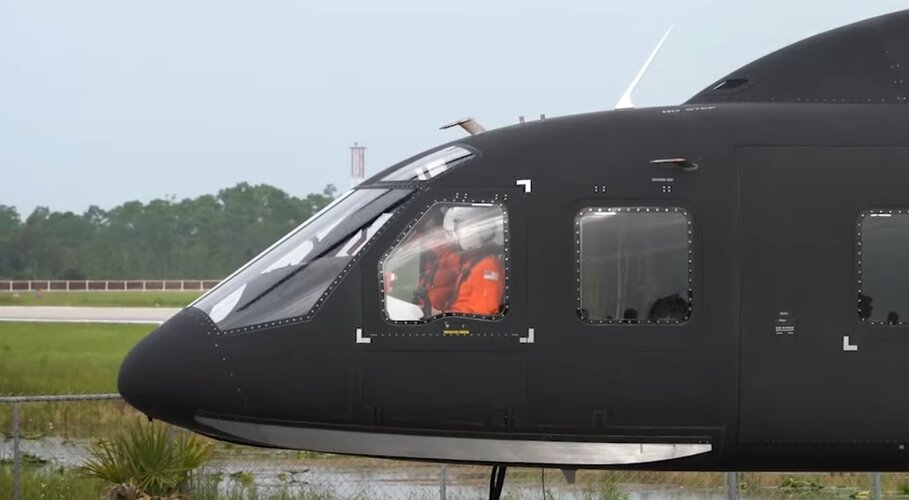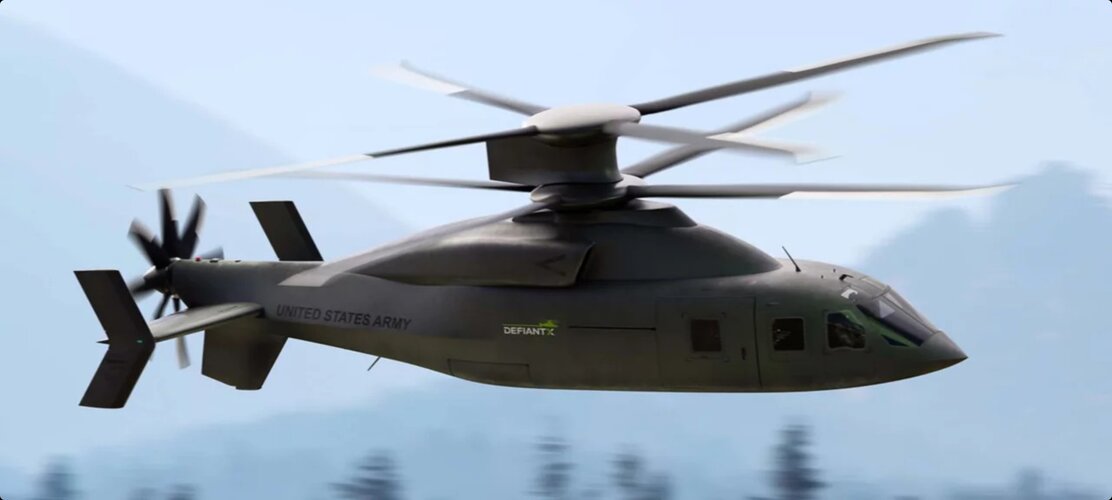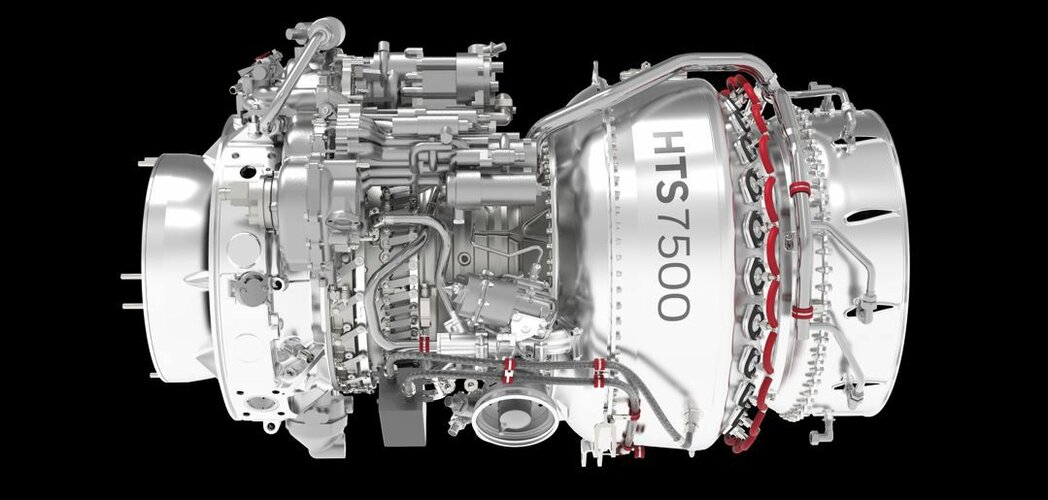- Joined
- 3 June 2011
- Messages
- 18,328
- Reaction score
- 12,196
Interesting analysis, thank you. I have to wonder though how much the change of corporate headquarters has had to do with the lethargic progress. Very soon after Lockheed Martin (with no recent rotorcraft experience) took ownership of Sikorsky, the S-97 Raider hard landing occurred. With F-35 front and center, I doubt the rotorcraft programs are getting anywhere near equal time.The Verticalmag article states the the SB-1 hit 205 knots after 18 flight hours in 15 months from first flight.
The only points of comparison I have is Eurocopter’s X3, which hit 232 knots after ~15 fight hours in 9 months, and Sikorsky’s own X2, which hit 235 knots after 14 flight hours in 24 months. So the SB-1 progress is still fairly slow.
At least from my tiny corner of the big picture LM has been hands off, at least as far as CH-53K goes.



